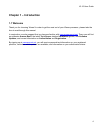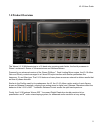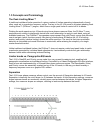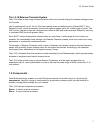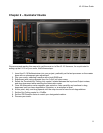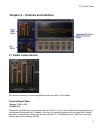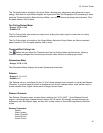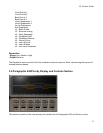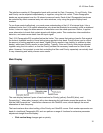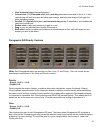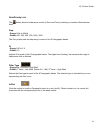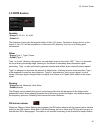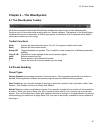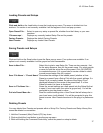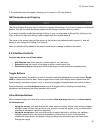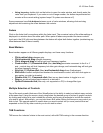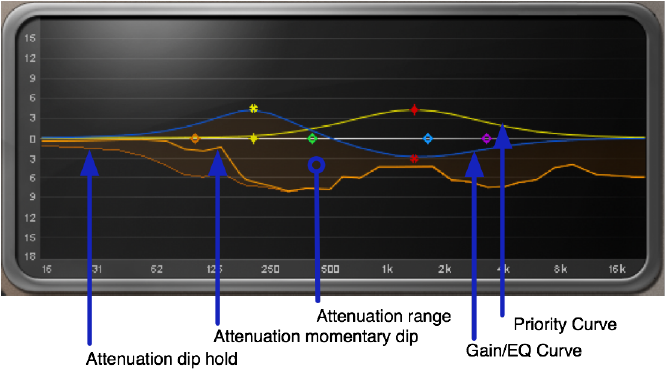
L3-16 User Guide
12
The interface consists of 6 Paragraphic bands with controls for Gain, Frequency, Q, and Priority. Gain
and Priority can be adjusted independently, or together, using the Link control. These Paragraphic
bands are superimposed over the 16 internal crossover bands. Each of the 6 Paragraphic bands can
be controlled by direct numerical entry into value windows, or by using the graphic display band
markers.
To use these controls effectively, you need some understanding of the L3-16’s internal logic. Like a
wideband limiter, the L3-16 applies attenuation only when the threshold is exceeded; unlike a wideband
limiter, it does not apply the same amount of attenuation over the whole spectrum. Rather, it applies
more attenuation to bands that contain signals with higher peaks. This creates less inter-modulation
distortion, and retains more detail from the input signal.
The L3-16 Paragraphic EQ is applied before the limiter. This means that raising a band’s Gain against
the limiter’s threshold results in more limiting being applied to that band. Priority allows you to control
the amount of limiting applied to each band. Higher Priority results in less limiting (in relation to other
bands), while lower Priority results in more limiting. Typically, Gain and Priority controls are adjusted
together using the Link control, so that the Priority creates the necessary headroom for Gain to take
place. However, it’s important to note that controlling the Gain and Priority separately can actually lead
to very interesting and widely diverse sonic results.
Main Display
The main display features 6 pairs of band markers for Priority (yellow), Gain/EQ (blue), and
DynamicLine attenuation (orange), with a slow decaying dip hold shade across the spectrum. Note
that the 0dB DynamicLine attenuation reference is the Gain/EQ curve, which displays the actual
attenuation at each frequency.
The band markers allow direct editing of the Priority and Gain/EQ curves. Each marker represents one
band of a traditional Paragraphic EQ, and can perform a range of functions for extensive parameter
adjustment straight from the display -
• Click-vertical drag changes gain or priority



